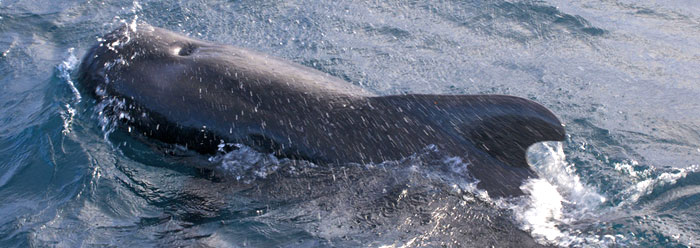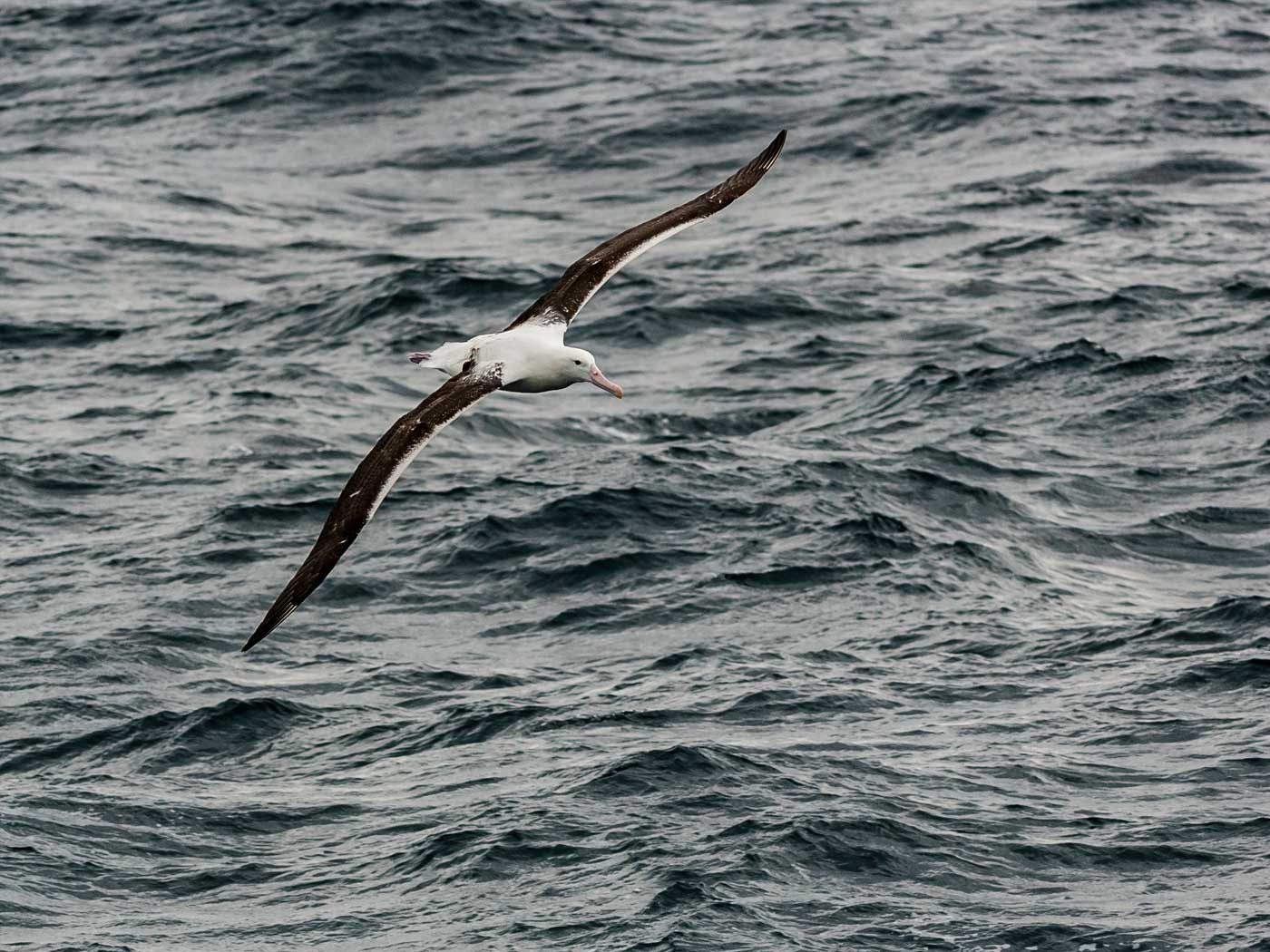Many species of marine creatures are very well suited to their watery environment, with precisely arranged gas exchange organs, properly angled eyeball parts, and streamlined bodies with appropriate musculature for expert swimming. They also have a continuously sloughing slime layer that lubricates their underwater motion. Rahul Ganguli of Teledyne Scientific in California is experimenting with ways to provide a similar slime for ship hulls to glide through water more efficiently.
A slimy surface, which would require the right chemical mixture and an appropriate way to deliver it, could stop “fouling” organisms—such as algae, tubeworms, and barnacles—from continually attaching themselves to submerged ship parts and slowing them down. This kind of anti-fouling lubricant system “could cut their [the ships’] fuel consumption by up to 20 per cent.”1 It would also reduce costs by eliminating the need, every other year or so, to dry dock and scrape the hull clean.
Ganguli has already found promising chemicals, which he tested on a prototype delivery system consisting of regularly spaced holes through a mock hull and an external metal mesh to hold the gelatinous material in place. One technical problem was that the tiny holes that deliver the gel would be too small to exude the thickness of the gel needed for lubrication. So Ganguli found chemicals that are initially more fluid-like but thicken upon contact with seawater. This way, the material can flow through the holes, then become gel-like and adhere to the hull afterward. The concoction can even be altered to control the thickness, thereby controlling the slough rate.
Ganguli took some inspiration from a variety of dolphin called the long-finned pilot whale, which already has such a system. He came across a paper several years ago, written by Christoph Baum from Hannover School of Veterinary Medicine in Germany, that described tiny pores leading to tiny channels on the dolphin’s skin.2 These channels distribute a thin but effective slime layer that even contains a cocktail of enzymes that specifically target the very bacteria and algae that form the first layer of “fouling.” It would be upon this layer that larger creatures find purchase, further fouling the smooth underlying surface.
In the dolphins, a new coating is produced to replace old, and the old wears off, along with its fouling fauna. Peilin Zhou, at the University of Strathclyde in Glasgow, told New Scientist that this innovation “would save a lot of money.”1 Good engineering ideas don’t come from chance. In this case, it came from copying a well-ordered, pre-existing, self-cleaning skin lubrication and delivery system.
References
- Marks, P. 2009. Slimy-skinned ships to slip smoothly through the seas. New Scientist. 2727: 24.
- Baum, C. et al. 2002. Average nanorough skin surface of the pilot whale (Globicephala melas, Delphinidae): considerations on the self-cleaning abilities based on nanoroughness. Marine Biology. 140: 653-657.
* Mr. Thomas is Science Writer at the Institute for Creation Research.
Article posted on October 20, 2009.























